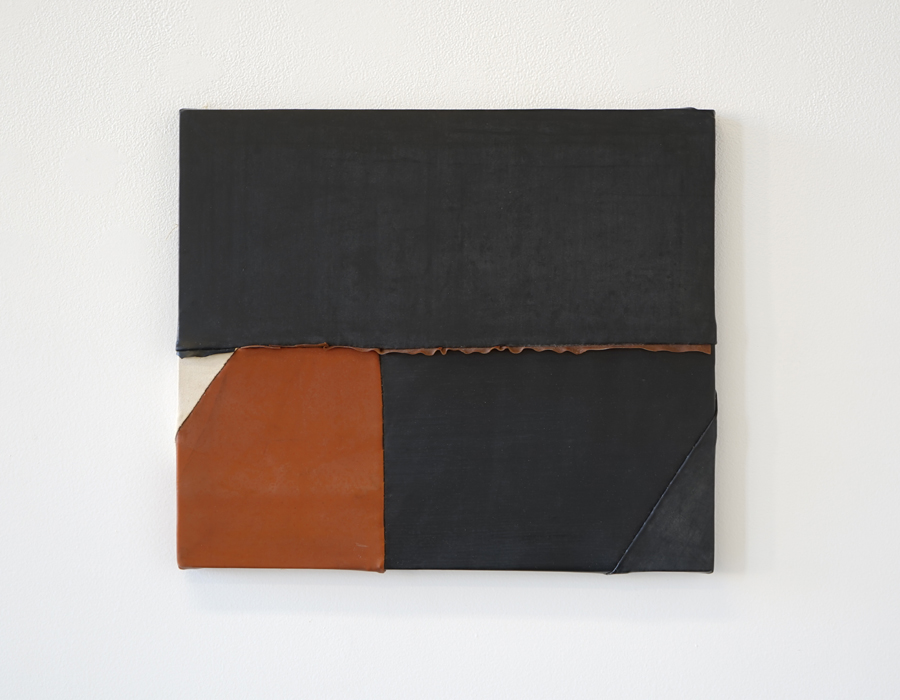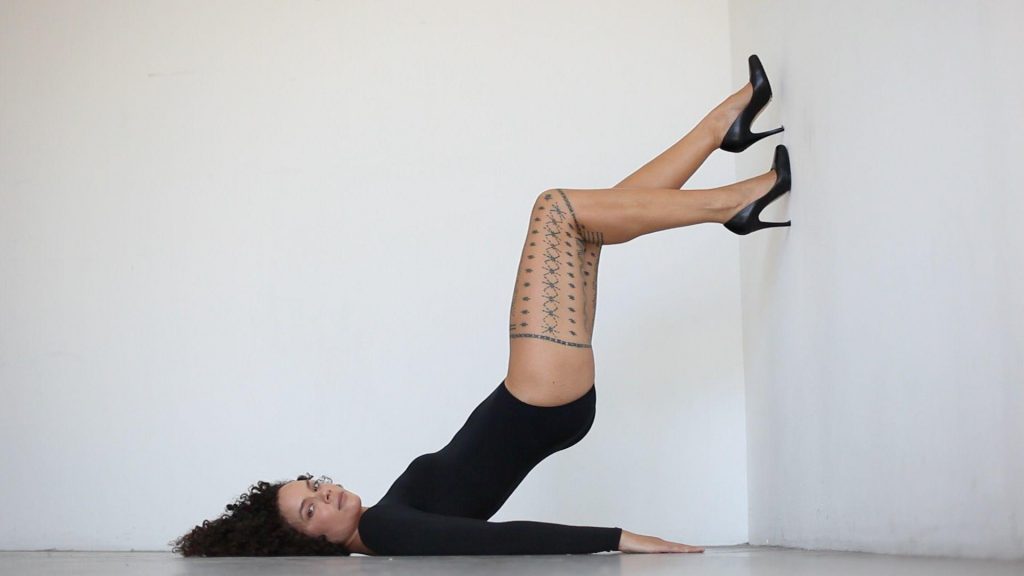The 30th edition of the London Art Fair is business as usual: more bad than good, but plenty of both. Here are ten things I liked:
Sylvan Lionni: Totem, 2017 at Taubert Contemporary, Berlin
English
born, American-based, German-represented Sylvan Lionni's recent
practice includes the elevation of cake boxes to the status of totems.
He collects them seriously, then
reproduces their various flattened forms in steel, exploiting how they
can be presented
as paintings but with the implication of their unfolding into
sculptures. Sweet!
Frances Richardson: In Times of Brutal Instability at Chiara Williams, London
Frances Richardson’s whole stand conception
featured a piled rug which was actually made of quick-drying cement, an
ill-fitting carpet which piqued the
repair instincts of the LAF installers, but which was actually an
addition place by the artist, and giant post-it note paintings in beautifully
curved wood: the cute self-missives which used to be on the notes in the studio
were displayed alongside: What do we share? / Dry Porn / The fragility of
hope...
Gwyther Irwin: Quintet, 1962 at Jenna Burlingham
Fine Art, Kingsclere, Hampshire
Where the continental affichistes such as Jacques Villeglé tore
paper away from layered posters, one workstream of the underrated Welsh artist
Gwyther Irwin (1931-2008) saw him utilise the pieces torn away from posters as
the basis for collages. This (121 x 154 cm) is unusually large and by current
standards not £45,000 seemed a fair price.
Angela Tiatia: video still from ‘Walking the Wall’, 2014 at Alaska Projects, Sydney
Maori performance artist and former model Angela
Tiatia had the traditional tattoos also sported by her grandmother applied to
her legs by pre-electric and rather painful means, and the markings take
centre stage in wall-climbing of a sort in which western body commodification is
trumped by her assertive stare and native style.
Boyle Family: Study of Old Bricks, Red Wall Series, 1979-80 at Vigo, London
Boyle Family’s most famous is work is the ongoing World
Series project, stemming from the random identification - by guest throwing darts at a world map in 1968 - of 1000 sites across the world to be replicated. This,
from a related project, is an
uncannily accurate painted fibreglass section of a section of wall (since demolished to make way for Wetfield Shoppping Centre) and a similar illustration of how
anywhere in the world can hold our interest if presented the right way.
Adam Hennessy: paintings at New Art Projects, London
Adam Hennessy’s lively paintings feature a
jauntily mysterious personal vocabulary of pigeons, fingers, sheep and - above shed, squashed ant and cabbages. They took over his gallerist, judging by Fred Mann's shirt above. The booth also provides a chance to browse Hennessey's cringe-makingly funny ‘zine about
getting crabs.
Sidney Herbert Sime: Waves at Art UK
Five contemporary artists chose five paintings each from the Art UK collection to fascinating effect. Haroon Mirza - consistent with his technologically-infected practice - used arbitrary Google searches to make his choice, but that didn't stop this seascape by Sidney Herbert Sime (1864-1941) with its curious overlay of stepped black lines being one of the most striking paintings. Sime has his own museum near Guildford...
DJ Roberts: Beyond the bright cartoons, 2017 at Canal, London
The best curated stand was probably CANAL/Monika Bobinska's combination of space, poetry and luminous abstraction with Claudio Del Sole, James Brooks, Patrick White (a realtime video animation of the night sky) and DJ Roberts' neon version of a line from 'Far Out' as written in Philip Larkin's notebook - in any art fair, as the poem says, 'Much less is known than not' - but that's a positive.


Fiona Pardington: Nabokov’s Blues: The Charmed Circle at Starkwhite, Aukland
Sticking
with great writers, Maori-Scottish New Zealand photographer Fiona
Pardington loves to reanimate museum collections, and has turned her
attention to Nabokov as a scientific and serious butterfly collector
through massive close-up photographs of his specimens and related notes
- stacking hundreds of photographs into single images which bring us
close to Nabokov's obsessions, the butterfly's thorax, says Pardington 'crushed by the fingers that held the pen'.
.

Yoshishige Furukawa: ‘D-21’, 1975 at Maus Contemporary, Birmingham, Alabama
The American gallery combined fascinating conceptual painting by Spaniard Irene Grau with works from the 1970s by the Japanese artist Yoshishige Furukawa (1921-2008), who moved to New York in 1963 and experimented with industrial materials, such as the rubber used here, to make 'paintings without paint'.









No comments:
Post a Comment
Note: only a member of this blog may post a comment.